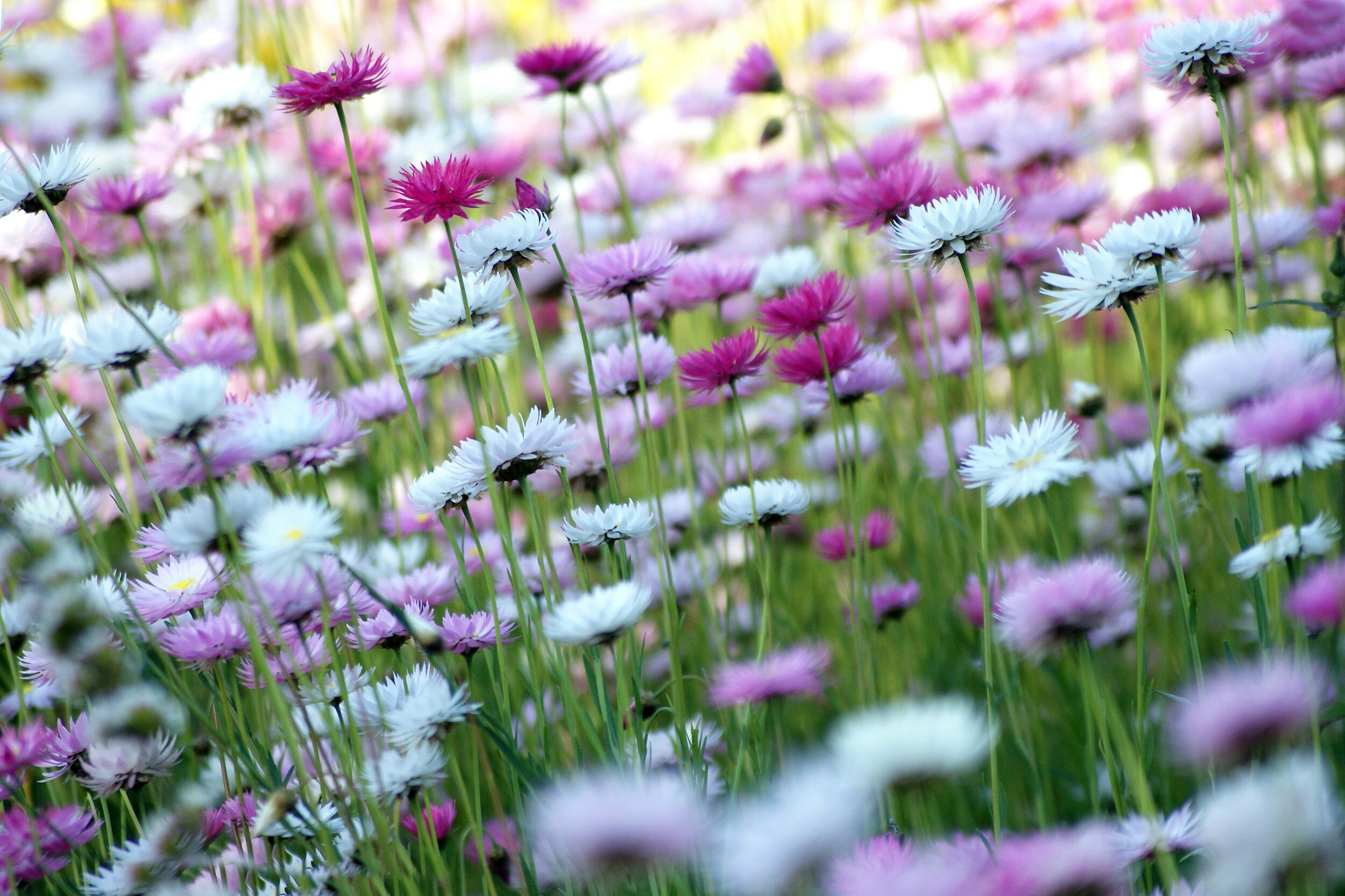The Benefits of Native Plants in Landscaping and their Support for Biodiversity
In the realm of landscaping, the choice of plant species holds profound implications for both the environment and human well-being. Increasingly, landscape designers and homeowners are turning to native plants as champions of sustainability, biodiversity, and ecological resilience. In this exploration, we delve into the myriad benefits of using native plants in landscaping and how they serve as pillars of support for biodiversity, nurturing vibrant ecosystems and enriching our natural heritage.
Adaptation to Local Conditions
Native plants have evolved over centuries to thrive in their native habitats, making them well-adapted to local climate, soil, and environmental conditions. By using native species in landscaping, designers can create resilient and low-maintenance gardens that require minimal water, fertilizer, and pesticides, thereby reducing the ecological footprint of landscaping practices.
Preservation of Genetic Diversity
Native plants play a crucial role in preserving genetic diversity within ecosystems. As integral components of local food webs, native species provide habitat and sustenance for a diverse array of wildlife, including insects, birds, and mammals. By maintaining healthy populations of native plants, we safeguard the intricate web of life that supports biodiversity.
Support for Pollinators and Wildlife
Native plants are essential sources of nectar, pollen, and shelter for pollinators such as bees, butterflies, and hummingbirds. By incorporating native flowering species into landscaping designs, we provide vital resources for these essential pollinators, contributing to the health and stability of ecosystems. In turn, thriving pollinator populations support the reproduction of plants and ensure the continuation of food chains.
Resistance to Pests and Diseases
Native plants have developed natural defenses against local pests and diseases, reducing the need for chemical interventions in landscaping. Unlike non-native species, which may lack natural predators and can become invasive, native plants coexist harmoniously with indigenous wildlife and are less prone to pest outbreaks and disease epidemics.
Erosion Control and Soil Health
The extensive root systems of many native plants help stabilize soil, prevent erosion, and improve soil structure and fertility. Deep-rooted native species are particularly effective in retaining soil moisture and reducing runoff, thereby mitigating the risk of water pollution and promoting overall soil health.
Cultural and Aesthetic Value
Native plants hold cultural significance for indigenous communities and serve as symbols of regional identity and heritage. Incorporating native flora into landscaping designs honors these cultural connections and fosters a sense of place and belonging. Additionally, native plants offer diverse textures, colors, and seasonal interest, enriching the aesthetic appeal of landscapes.
Climate Resilience and Adaptation
In the face of climate change, native plants are invaluable allies in building climate-resilient landscapes. Their ability to withstand extreme weather events, such as droughts and heatwaves, and adapt to shifting climate patterns makes them essential components of sustainable landscaping strategies. By promoting the use of native plants, we enhance the resilience of ecosystems to environmental stressors and help mitigate the impacts of climate change.
Restoration of Degraded Habitats
Native plants are indispensable in the restoration of degraded habitats and the reclamation of disturbed landscapes. Their ability to establish and thrive in challenging conditions makes them ideal candidates for habitat restoration projects, wetland rehabilitation, and reforestation efforts. By reintroducing native vegetation, we can revitalize ecosystems, enhance biodiversity, and promote ecological balance.
Conclusion
In the intricate tapestry of ecosystems, native plants emerge as guardians of biodiversity, sustainability, and ecological resilience. By embracing native flora in landscaping designs, we honor the wisdom of nature and cultivate landscapes that flourish in harmony with their surroundings. From preserving genetic diversity to supporting pollinators and wildlife, native plants offer a multitude of benefits that extend far beyond mere aesthetics. As stewards of the land, let us recognize the invaluable contributions of native plants and embrace their role as allies in nurturing vibrant and resilient ecosystems for generations to come.

